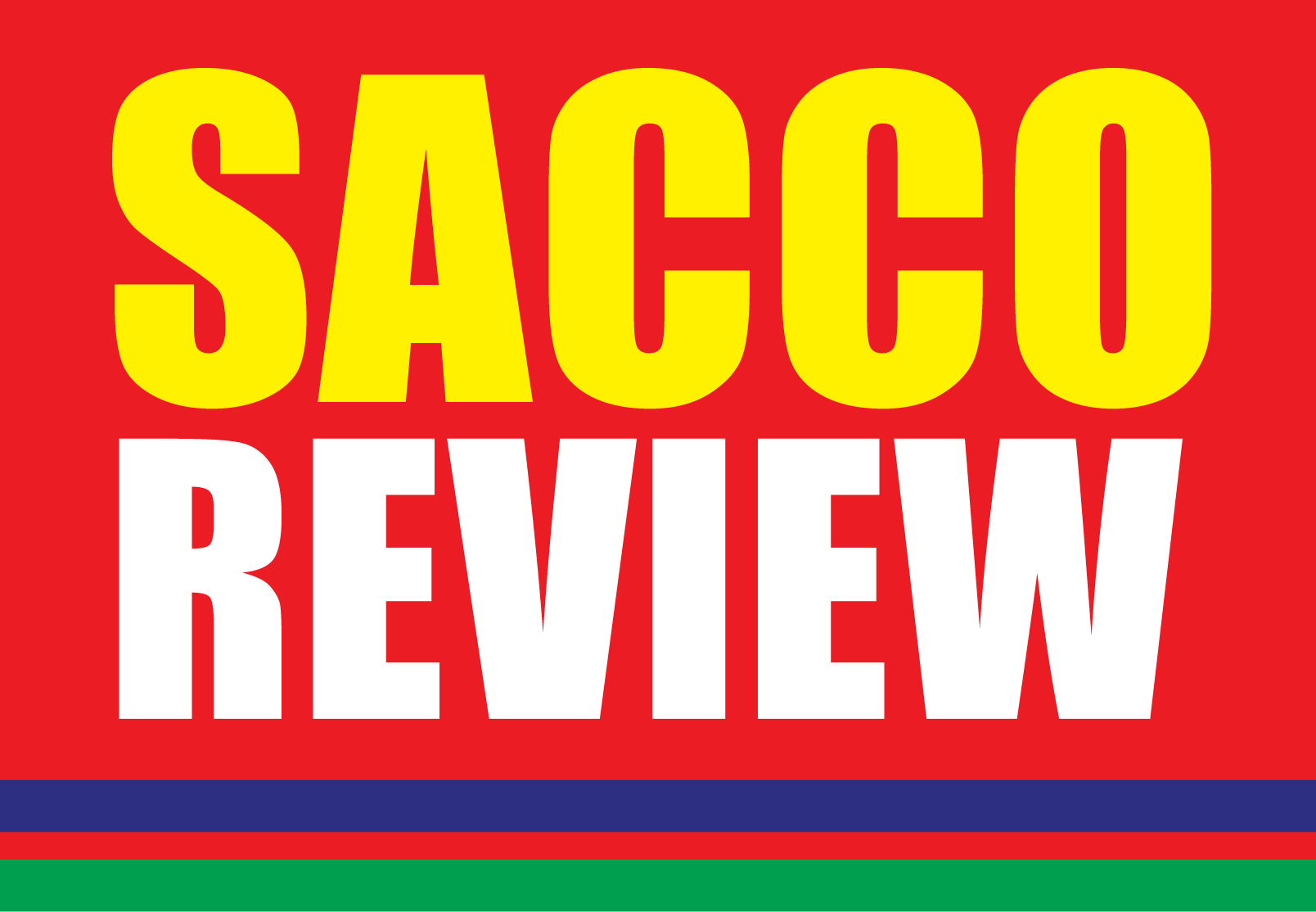Cabinet Secretary (CS) for Co-operatives and MSMEs Development, Wycliffe Oparanya, has raised concerns over the misclassification of Transport Cooperatives as Savings and Credit Cooperative Societies (SACCOs), urging for a comprehensive review of their structure and regulatory oversight.
Speaking during the official release of the Sacco Supervision Annual Report 2024, Oparanya noted that several entities operating under the SACCO label, particularly Matatu and Public Service Vehicle (PSV) cooperatives do not meet the criteria of regulated SACCOs.
He explained that these groups are not involved in the mobilisation of member deposits or the provision of credit, which are the defining functions of a SACCO, adding that they operate as associations of individuals managing transport businesses or routes in compliance with the National Transport Safety Authority (NTSA).
“On the same note, I do know that there are several Transport Cooperatives, which are currently registered or operating as Matatu or PSV SACCOs,” Oparanya said.
“These entities are not SACCOs because they are not engaged in the mobilization of deposits and/or intermediating the deposits as credit. They are simply an association of people coming together to operate a transport business or manage routes as required by the National Transport Safety Authority (NTSA).”
ALSO READ:
Kenya’s SACCO sector surges past Ksh 1 trillion, CS Oparanya reveals
Oparanya emphasized that while such cooperatives may carry the SACCO label, they lack the financial intermediation role that justifies regulatory classification under SACCO laws. He called for a streamlining of their operations and a clearer distinction between transport associations and financial cooperatives.
Oparanya also questioned the sustainability of the current SACCO registration threshold, which allows formation with as few as ten members. He urged policymakers to revisit this benchmark in light of evolving financial demands and governance challenges.
The directives aim to clarify registration requirements, ensure financial sustainability, and distinguish genuine SACCOs from informal transport associations.
ALSO READ:
CS Oparanya calls for strict oversight of audited SACCO accounts to boost accountability
Several popular Matatu lines have in recent years adopted the SACCO model, with some even being regulated by SASRA. Notable examples include 2NK, Super Metro, Naekana SACCO, North Rift, 4NTE SACCO, and Kinatwa SACCO.
According the report, SASRA classifies regulated SACCOs into Three Tiers, based on their total assets. This classification helps the Authority assess, monitor, and manage individual and peer risk profiles as part of its Risk-Based Supervision processes.
The three tiers are as follows:
Large-Tiered Regulated SACCOs: Total assets exceeding Ksh5 billion.
Mid-Tiered Regulated SACCOs: Total assets between Ksh1 billion and Ksh5 billion.
Small-Tiered Regulated SACCOs: Total assets below KSh1 bill
By Enock Masaki
Get more stories from our website: Sacco Review.
For comments and clarifications, write to: Saccoreview@
Kindly follow us via our social media pages on Facebook: Sacco Review Newspaper for timely updates
Stay ahead of the pack! Grab the latest Sacco Review newspaper!



